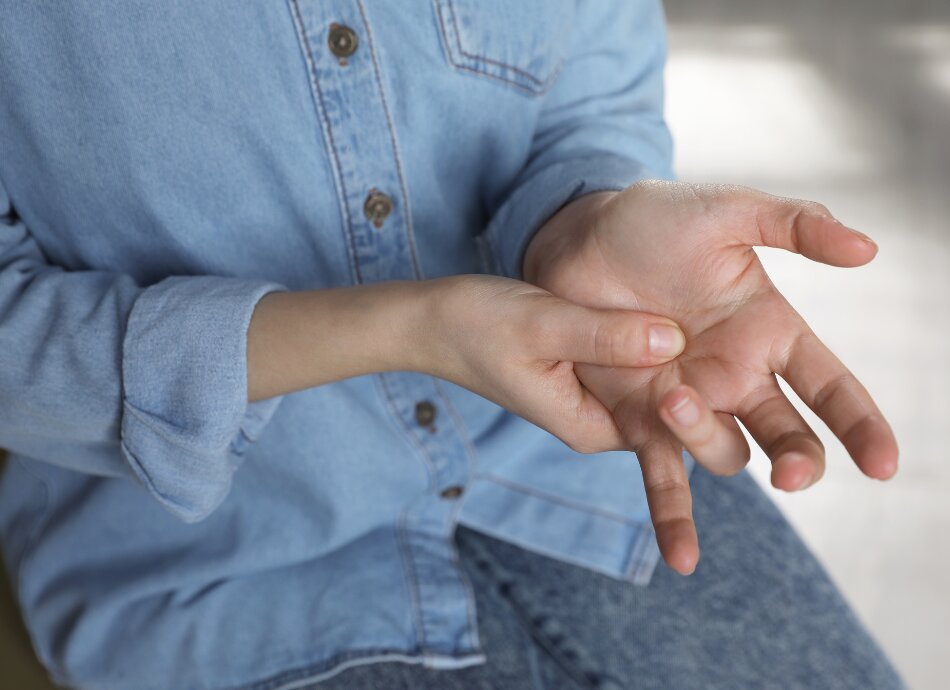Tendons are tough fibrous cords that connect your muscles to your bones. They are covered by protective sheaths that lubricate the tendons so they move freely when you move your body.
If the tendons or sheaths swell or become inflamed, the tendons can thicken and nodules form at the end of your palm. When you increase your finger movements, such as in repetitive gripping, the tendons tend to rub more. This worsens the thickening and makes the nodules bigger. Eventually, the thickening and nodule size increase so much that your finger gets caught in a locked position when you bend it.
The cause of this is not totally clear, but factors that increase your risk include:
- rheumatoid arthritis
- amyloidosis
- diabetes
- carpal tunnel syndrome
- gout
- underactive thyroid
- Dupuytren disease
- De Quervain’s tenosynovitis
- people on renal dialysis
- using your hand a lot at work, such as for screwdriving or using tools that press on your palm
- previous hand injuries.






